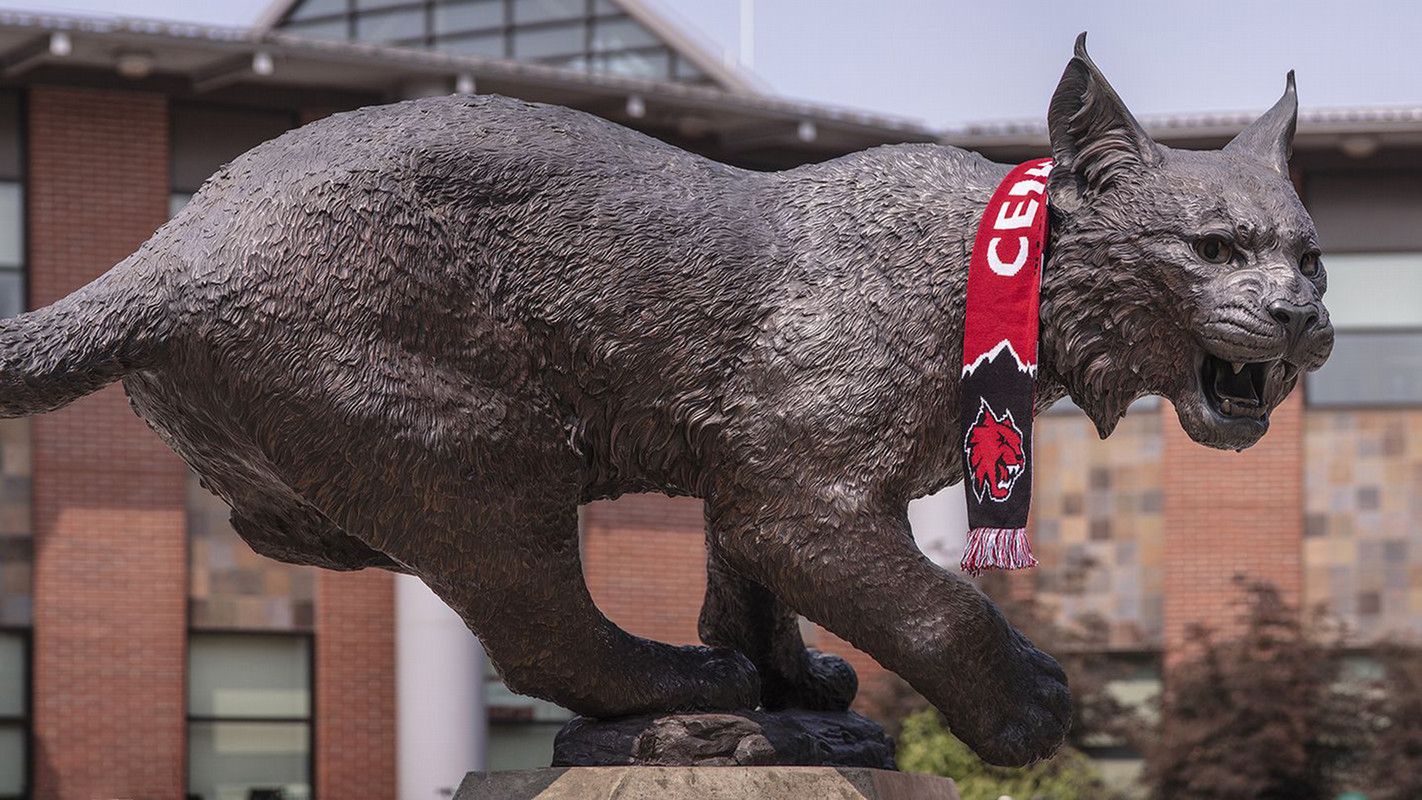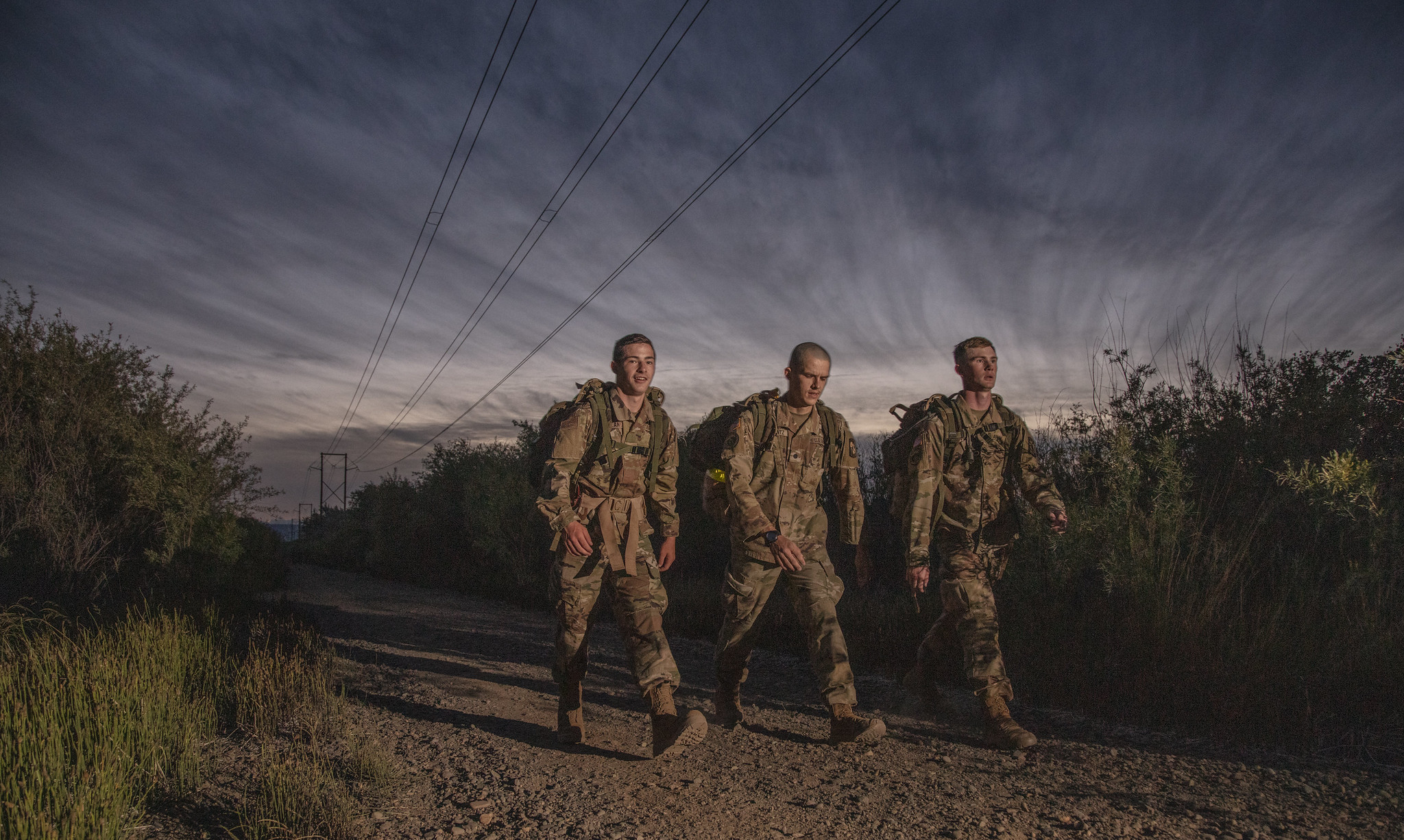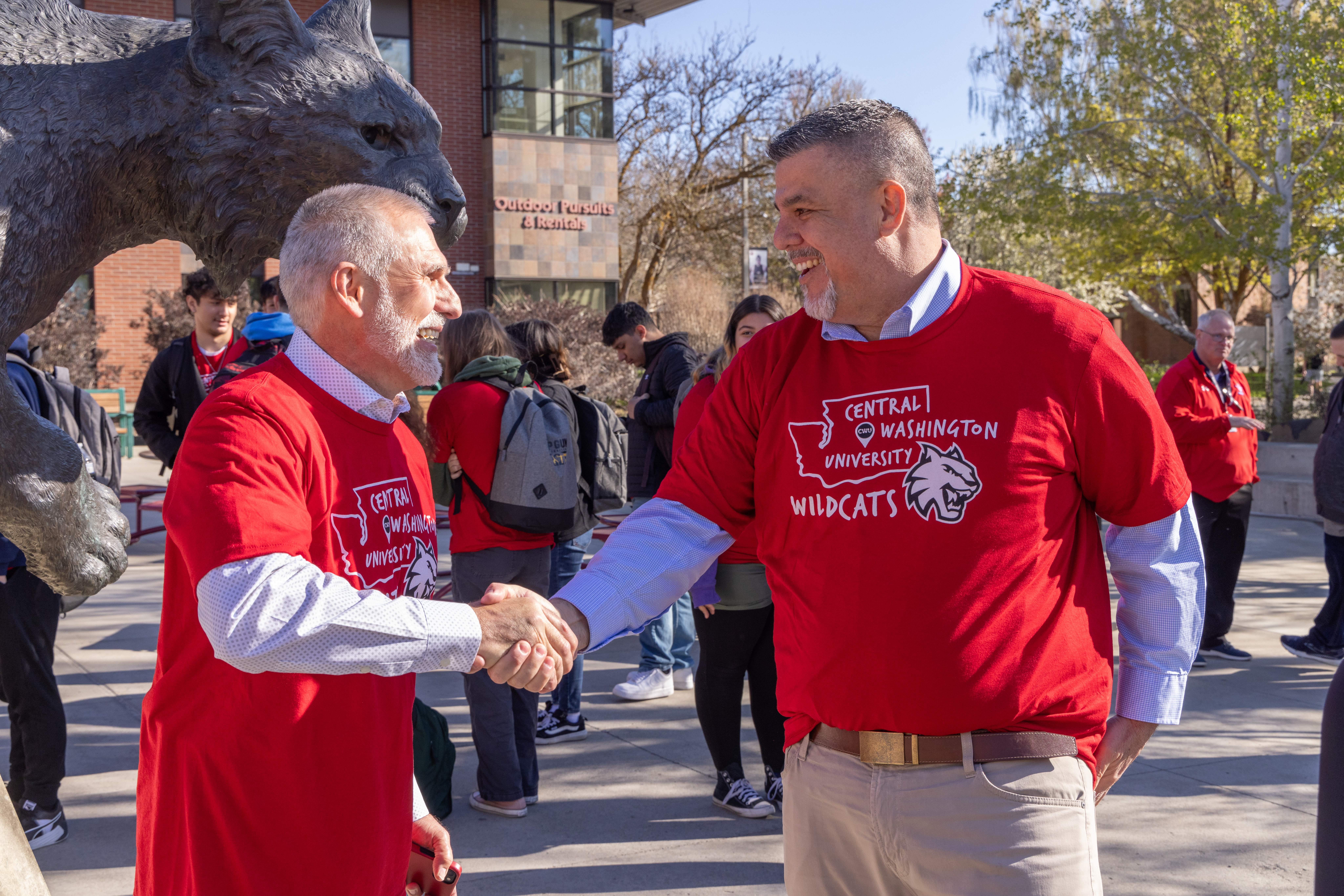
CWU Brand
Messaging
In the complex tapestry of CWU Branding, messaging stands as a foundational element, and as you delve into its intricacies, you'll find it speaks directly to you. From the tone of communications to the choice of words, every aspect is aligned with the belief that "You belong here." Whether you are crafting an email, penning a brochure, or articulating the university's mission on social media, the messaging guidelines are there to ensure that you convey the inclusive, empowering spirit of CWU. These aren't just words on a page; they're an affirmation of your place in a community that values your voice and perspective. By following the CWU Branding messaging standards, you contribute to a narrative that is uniquely CWU, sharing in the ethos that no matter who you are or where you come from, at Central Washington University, "You belong here."
Below is an overview of our brand messaging. Faculty and staff with CWU credentials may access the detailed brand messaging platform on SharePoint. It contains possible applications of the brand promise, messaging guidelines, and examples of content rewritten to reflect the brand voice. You may also download a one-page quick guide for easy reference.
Brand promise
Our brand promise is the distilled essence and heart of the brand—the clearest, simplest statement of what we’re all about. While mission/vision/values provide orientation and guidance for internal stakeholders and institutional decision-making, our brand promise expresses how we want to be understood and valued by the audiences we care about (internal and external). Importantly, our brand promise is not a tagline—rather, it is used to guide all communications (including taglines).
We see futures.
That means...
- We see a range of individual possibilities for each student—not just one predestined future.
- We’re deeply embedded in our community—and we see what it could become.
- We know what it takes to build a great career today—and we’re thinking about the fields and careers of tomorrow.
- We understand barriers but we focus on strengths and possibilities.
- We love backstories but we focus on futures.
- This is a place where futures change, futures come into focus, and people step forward into their futures.
Key messages
Key messages are distilled statements that convey our brand promise to the audiences we care about. They do not need to be used verbatim, but they provide themes that we should seek to reinforce consistently across all communications. See examples of these messages in the full brand messaging platform.
- We’re here for your future.
- You will do something great.
- You belong here.
- We build community.
- Central at the center of a better future.
Brand anthem
Welcome to Central Washington University. We’re here for your future. Whether you’re the first in your family to think about college, or the next in a long line of Wildcats. Whether you’ve already got your future in focus, or you’re full of questions and curiosities.
We know you will do something great—and it starts wherever you are today.
In the jobs of today and the careers of tomorrow. In communities and schools that need leaders who care. In missions and movements that need builders and doers. Wildcats do the work that moves our world forward.
It begins in the relationships that make us who we are. Learning experiences that change how we see the world and ourselves. Moments that open up futures.
That’s why we’re here. We see Central at the center of a better future—and we want you to be a part of it too.
Brand anthem, short version
We’re here for your future. We know you will do something great—and it starts wherever you are today. Wildcats do the work that moves our world forward—and we want you to be part of it.
Brand voice
- Central should sound like a person. Specifically, a person who sees you, cares about you, and is excited about your potential.
- Real. Direct, grounded, authentic—we use human language to build real understanding. State your point as clearly as possible. Avoid jargon.
- Active. Energetic, dynamic—we use verb-driven language that creates a sense of momentum. Use adjectives to clarify and specify. If you take the adjective out of your sentence, what is left?
- Warm. Humane, relational—we put people at the heart of our communications. Reflect people’s identities and perspectives with respect and care. Focus on people’s strengths and aspirations more than deficits and obstacles.
- Confident. Self-assured, steadfast, bold when needed—we know who we are and where we’re going. We take action and maintain agency in our own story. Communicate clearly.
Modes of address
- First-Person Plural. When speaking as the voice of the institution or community and seeking a more personal/engaging mode of address.
- Second-Person Address (you/your). Appropriate for direct address to the audience in combination with either first- or third-person voice, especially when seeking a more personal/engaging tone.
- Third-Person (Central/it/its). Appropriate for more formal/official communications or more objective tone references to the institution.
- Consistency is key. All have their uses—but, within a given document or communication, we must be consistent.
Audiences
Authentic messaging emerges from the alignment between the audience’s aspirations and ours.
- Audiences do not exist in a vacuum. Messages and themes can work across audiences.
- Segmentation allows us to speak directly to the specific motivations and roles of each audience.
- Key messages guide communications without being overly prescriptive.
When preparing a communication, ask the following:
- Who is my priority audience?
- What do I want them to feel/think as a result of this communication?
- What do I want them to do as a result of this communication?
- How does this communication reinforce the CWU brand?
- How does this communication speak directly to this audience?
Institutional name
All of these have uses that feel appropriate to certain situations, just as a person may use their full name, first or last name, or various nicknames in different contexts and relationships. In practice, we refer to ourselves in several ways:
- Central Washington University. The full institutional name. Used on first instance. Used in more formal or official communications.
- the University. Short form used in more formal or official communications. The most impersonal form of the name.
- Central. Use in more engaging communications in which we are either speaking within the CWU community or inviting people to see themselves at Central.
- CWU. Acronym for shortest uses. Especially important for online use. Generally not spoken, and should not be spoken as “see wu.”
- Wildcats. Nickname for members of the CWU community. Not limited to athletics. Can be used wherever we want to convey or encourage identification, pride, and belonging.
Retired taglines
With the launch of the new brand messaging platform the “Welcome” and “Learn. Do. Live.” messaging concepts will be retired. Do not use them in ongoing communications or create your own.
CWU News

CWU Army ROTC to host nighttime Norwegian Foot March this Friday
May 1, 2024
by Rune Torgersen

Grant-funded Limitless network brings Yakima students to CWU
May 1, 2024
by Rune Torgersen